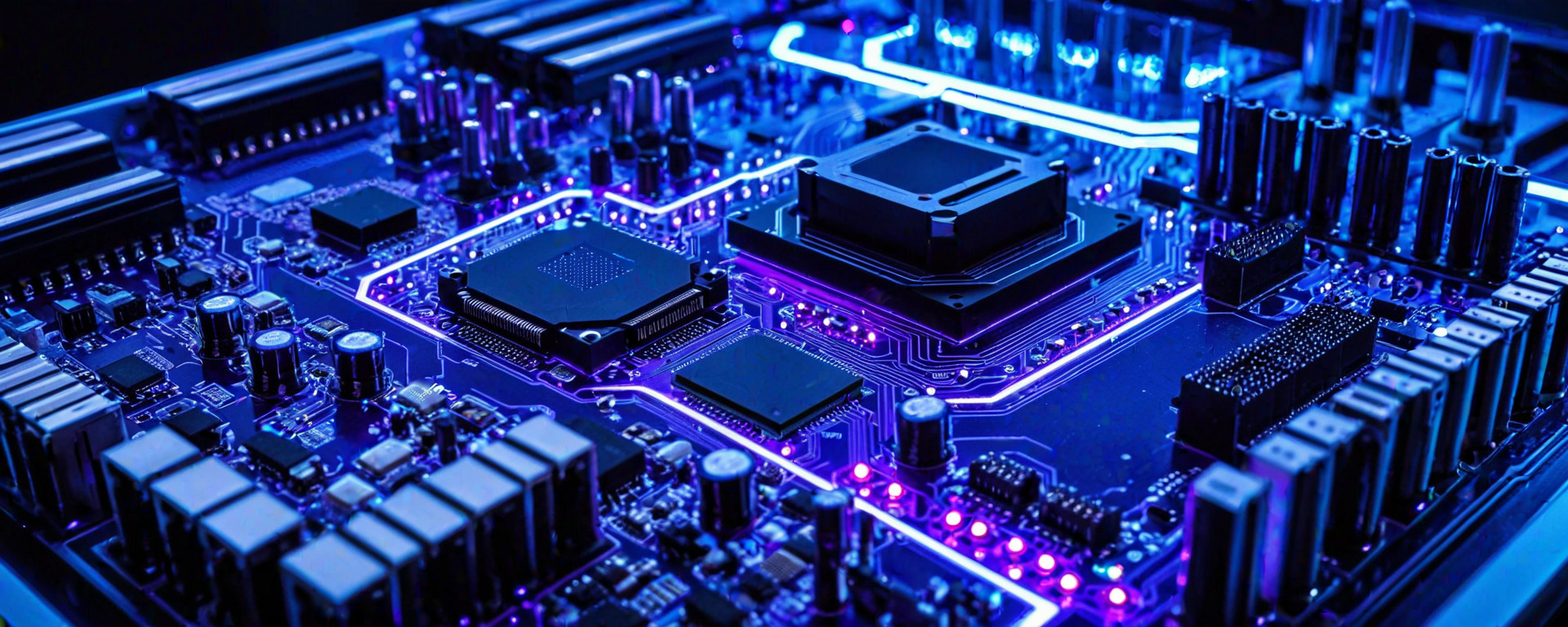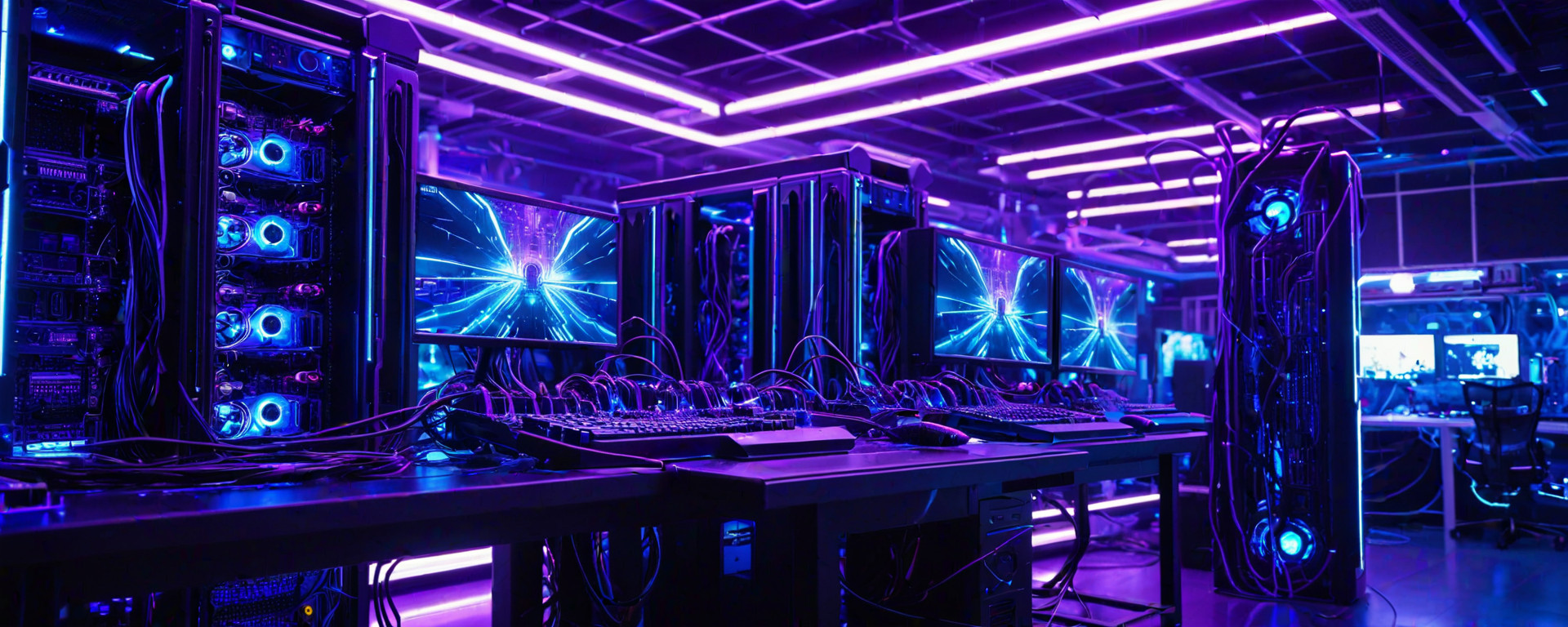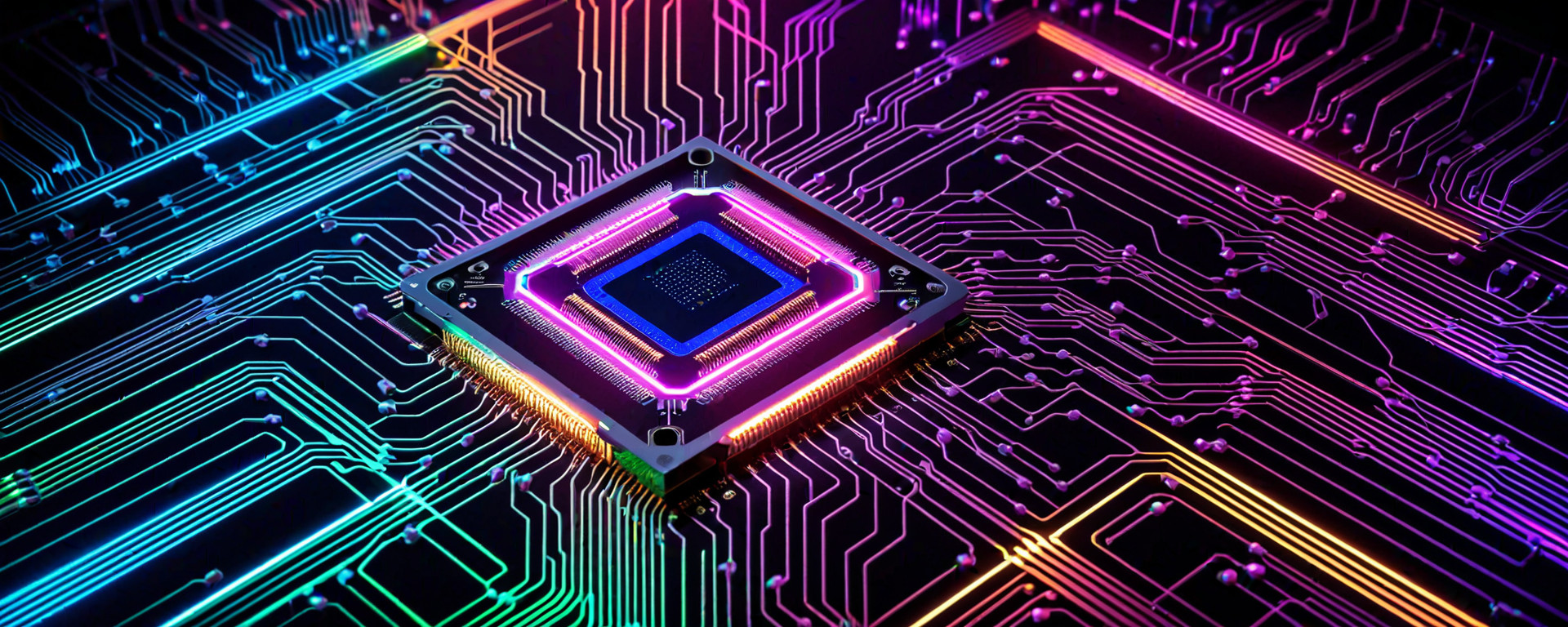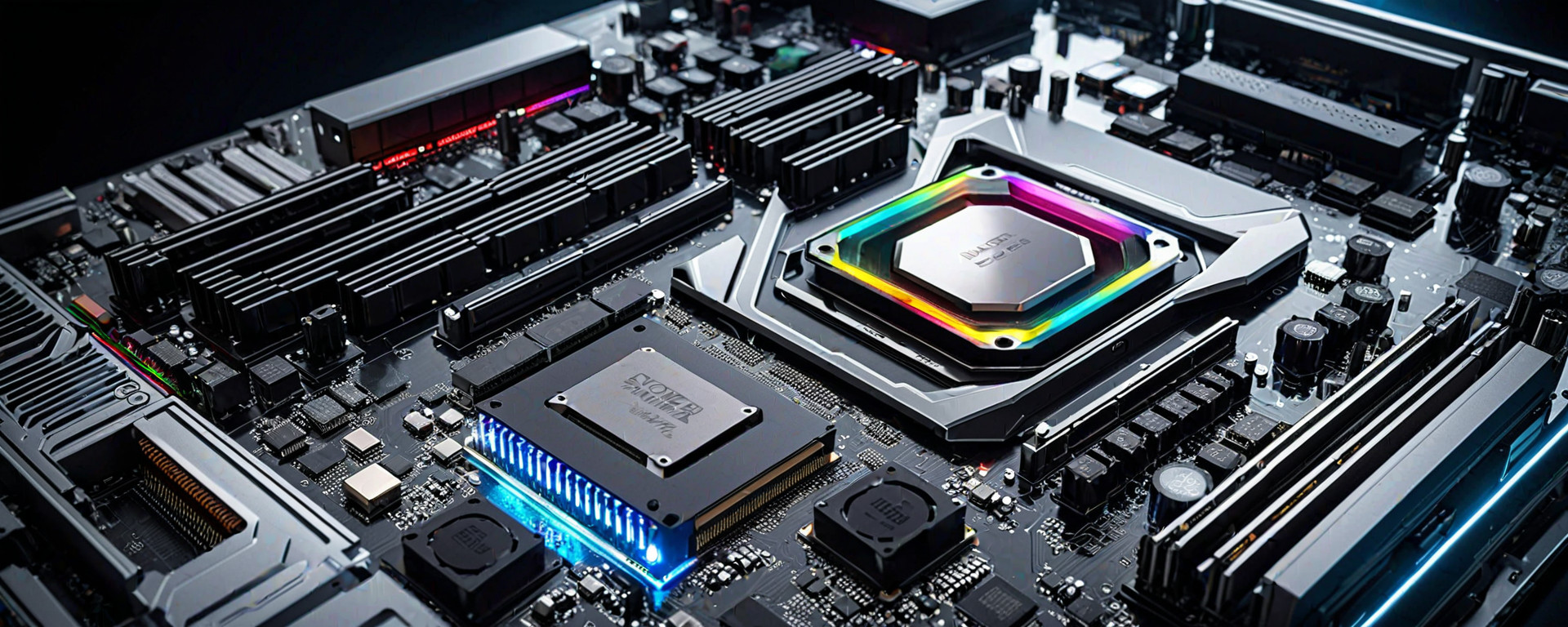Understanding Motherboard Form Factors and Chipsets
In today's rapidly evolving technology landscape, choosing the right motherboard for your computer system can significantly impact its performance, versatility, and overall value proposition. This article delves into the intricacies of motherboard form factors and chipset technologies, providing a comprehensive guide to help you make informed decisions when building or upgrading your PC.
Introduction
The selection of a motherboard is one of the most critical steps in assembling a computer system. It serves as the foundation upon which all other components are built and plays a pivotal role in determining the capabilities, expandability, and future-proofing potential of your setup. This article aims to provide an in-depth analysis of different motherboard form factors and chipset technologies, offering insights into their strengths, weaknesses, and practical applications.
By understanding these key aspects, you can ensure that your chosen motherboard not only meets the immediate requirements but also accommodates future upgrades and technological advancements.
Motherboard Form Factors
Motherboard form factors dictate the physical dimensions and layout of a computer's main circuit board. The choice of form factor influences compatibility with cases, power supplies, cooling solutions, and expansion cards. Here are some commonly used motherboard form factors:
ATX (Advanced Technology Extended)
- Dimensions: 12" x 9.6"
- Pros: Offers a comprehensive range of features, including multiple PCI slots for graphics cards and expansion cards.
- Cons: Larger size can be restrictive in smaller cases.
MicroATX (Mini-ATX)
- Dimensions: 9.6" x 9.6"
- Pros: Compact design suitable for small form factor (SFF) builds while retaining essential features.
- Cons: Limited expansion options compared to ATX motherboards.
Micro-ITX (Mini ITX)
- Dimensions: 6.75" x 6.75"
- Pros: Extremely compact and ideal for ultra-SFF systems or embedded applications.
- Cons: Minimal expansion slots, limiting flexibility for future upgrades.
Chipset Technology
The chipset is the brain behind a motherboard's functionality. It manages communication between the CPU, memory, storage devices, and peripheral components. Different chipsets cater to various needs in terms of performance, features, and compatibility:
Z-series Chipsets (Intel)
- Pros: High-performance options offering advanced features like overclocking capabilities and robust connectivity.
- Cons: Typically aimed at high-end builds with a higher cost.
H-series Chipsets (Intel)
- Pros: Balanced performance, suitable for gaming and productivity without the premium price tag of Z-series chipsets.
- Cons: Limited overclocking options compared to higher-tier models.
Compatibility Considerations
When selecting a motherboard, it's crucial to consider its compatibility with other components such as CPUs, RAM, and storage devices. Additionally, the form factor should be compatible with your chosen case:
- CPU Compatibility: Ensure that the motherboard supports your desired CPU socket type.
- RAM Compatibility: Verify that the motherboard's memory slots match your RAM type (e.g., DDR4).
- Expansion Slots: Check for sufficient PCI-E and USB ports to accommodate all necessary components.
Real-World Usage Scenarios
To better illustrate how different motherboards cater to various user needs, let's explore a few real-world scenarios:
Gaming Setup
- Motherboard: ASUS ROG STRIX Z490-E GAMING (ATX)
- CPU: Intel Core i7-10700K
- RAM: 32GB DDR4
- GPU: NVIDIA GeForce RTX 3080
- Description: The ASUS ROG STRIX Z490-E GAMING offers robust support for high-end components, including overclocking features and multiple PCI slots. Ideal for gamers seeking the best performance.
SFF Media Center
- Motherboard: ASRock H310M-HDV (MicroATX)
- CPU: Intel Celeron G4920
- RAM: 8GB DDR4
- Storage: NVMe SSD
- Description: The ASRock H310M-HDV provides a compact solution with adequate ports and connectivity options, making it suitable for media center builds where space is limited.
Technical Specifications and Performance Benchmarks
Understanding the technical specifications of motherboards can help you gauge their performance capabilities:
CPU Support:
- LGA 1700 (Intel Z690): Compatible with upcoming Alder Lake CPUs.
- LGA 1200 (Intel Z490/Z590): Supports current and previous generation Intel CPUs.
Memory Support:
- DDR4-3600+: Some high-end motherboards support higher memory speeds for improved performance.
- XMP (Extreme Memory Profile): Allows easier overclocking of RAM without manual adjustments.
Frequently Asked Questions
Q: What is the difference between ATX and MicroATX?
- A: ATX motherboards are larger, offering more expansion slots and features. MicroATX boards are smaller but still provide essential functionalities in a compact form.
Q: Can I use DDR4 RAM on an Intel Z690 motherboard?
- A: Yes, the Intel Z690 chipset supports DDR4 memory along with upcoming DDR5 support for future upgrades.
Conclusion
Selecting the right motherboard is a critical step in building or upgrading your PC. By considering form factors, chipset technology, compatibility requirements, and real-world usage scenarios, you can choose a motherboard that best suits your needs.








